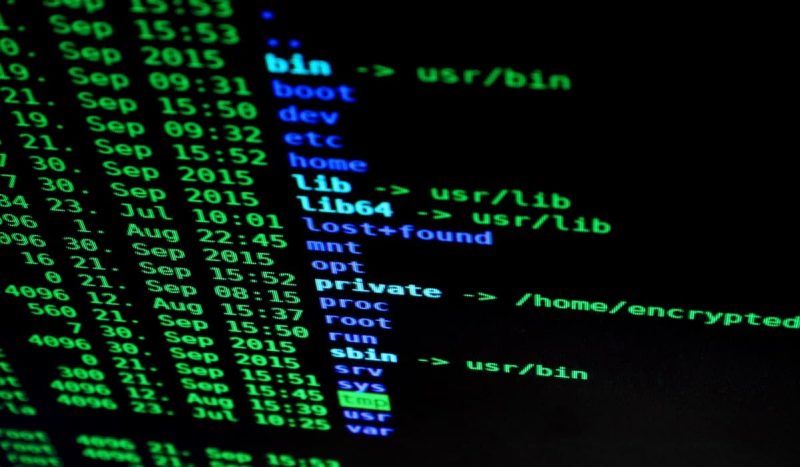The least privilege principle is a crucial concept in cybersecurity that involves granting users the minimum level of access necessary to perform their job functions. By implementing this principle, organizations can significantly reduce the risk of unauthorized access and potential data breaches.
This article will explore the benefits of implementing the principle of least privilege, the steps to implement it and how to measure its effectiveness.
Benefits
Implementing the least privilege principle in an organization has several benefits. The risk of unauthorised access or misuse of sensitive data is significantly reduced by granting users only the minimum level of access necessary to perform their job functions.
By restricting user privileges, organizations can reduce the attack surface available to potential attackers. This means that even if a user’s account is compromised, the attacker will have limited access to critical systems and data, which makes it more difficult for them to carry out malicious activities.
When users have limited privileges, it becomes easier to track and monitor their activities, which aids in identifying any unauthorized or suspicious actions, thus enabling organizations to take appropriate measures to mitigate risks and maintain accountability.
Limiting user privileges can also help prevent accidental or unintentional actions that may lead to security breaches or data loss. Organizations can reduce the likelihood of human error causing significant damage by minimizing the number of permissions granted.
Steps for Implementation
Implementing the least privilege principle involves the following steps:
- Identify User Roles: Start by identifying the different roles within your organization and the specific access requirements for each role. This will help you determine the level of access each user should have.
- Define Access Levels: Once you have identified the user roles, define the access levels or permissions associated with each role. This can be done through role-based access control (RBAC) or other access control mechanisms.
- Review and Adjust Permissions: Regularly review and adjust user permissions based on changes in job responsibilities or organizational structure. This ensures that users have the appropriate level of access at all times.
Adding an extra layer of security through MFA can further protect sensitive resources. MFA requires users to provide additional verification, such as a fingerprint or a one-time password, in addition to their regular credentials.
Measuring the Effectiveness
The effectiveness of the least privilege principle can be achieved by ensuring that access rights are limited to what is required and that the principle of least privilege is effectively implemented. You should also keep an eye on the occurrence of security incidents since the number of security incidents related to unauthorized access or privilege escalation should be reduced if the principle is properly implemented, which can provide insights into its effectiveness.
User feedback can also provide valuable insights into the effectiveness of the least privilege principle. Regularly gathering feedback from users can help identify any issues or areas for improvement in the implementation of least privilege. These factors can help organizations determine how well they are implementing and benefiting from the principle of least privilege.









